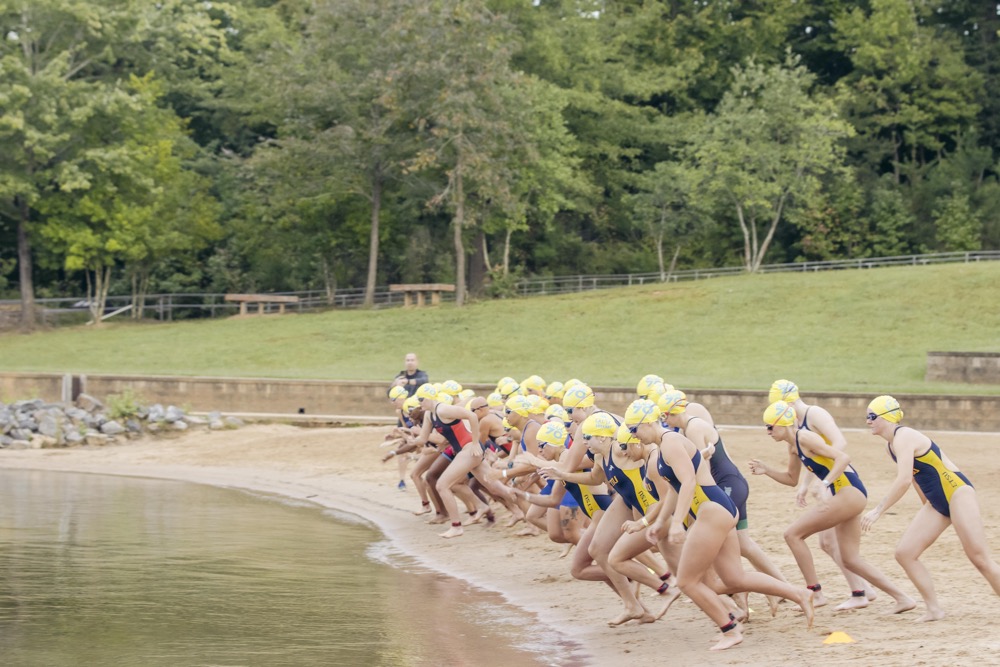In 2014 USA Triathlon (USAT) announced a $2.6M grant program as seed money for colleges to create varsity women’s’ triathlon programs, paving a path for high school-aged female athletes to pursue collegiate competition. Originating near the peak of the triathlon boom when there were 2000 races compared to 600 today, the idea was that universities would welcome the opportunity to recruit thousands of female athletes and capture the tuition dollars generated. Ten years later and millions of additional dollars spent, women’s collegiate triathlon is best described as treading water.
Today forty-two colleges across all three NCAA divisions list women’s triathlon among their varsity programs, just two higher than the floor to be an emerging sport. USAT recently announced Gallaudet’s addition, one of six since the fall 2023: Chicago State, Gallaudet, LaSalle, University of Indianapolis, Northern Kentucky and Warren Wilson. What wasn’t announced was that over the same period six programs are no longer listed: American International College, Belmont Abbey, Lake Superior State, Montana State – Billings, Northern Vermont University, and Transylvania University. Summarily, a net zero growth.
And what about total athletes? From available information in September 2023, 42 programs enrolled 279 collegiate triathletes, with average roster sizes of eight women, ranging from one to nineteen. Some programs have turned abroad to meet their goals, like Queens University (100% international), Wagner University (100% international) and Wingate University (74% international). One quarter of all collegiate female triathletes are international students.
What does women’s triathlon do for colleges? Overwhelmingly, the colleges sponsoring women’s triathlon have small endowments, are tuition dependent and maintain meager athletic budgets. Student athletes will choose and pay to continue to compete collegiately. By adding a sport, these schools wish to increase enrollment and tuition revenue without significantly increasing overhead. In many cases the track and swim coaches and assistant coaches’ other duties as assigned now include supporting triathlon without requiring any new facilities. Too often, the colleges’ interest in supporting triathlon lasts as long as the USAT grant.
How does women’s triathlon compare to another NCAA emerging sport, women’s wrestling? Having only been named an emerging sport in 2020, women’s wrestling projected 70 teams, with over 800 athletes in 2023-24, and is on track to be a NCAA championship sport in 2026. It would join rowing (1996), ice hockey (2000), water polo (2000), bowling (2003) and beach volleyball (2015).
The NCAA is experiencing unprecedented turmoil. It could face billions in damages relative to paying players. The Big Ten and SEC, who recently demoted the Big 12 and ACC to the kids’ table, have hinted at a world that does not include the NCAA. Last week Iowa State wrestling, a Big 12 conference program and one of the premier programs in the country, postponed construction of a new facility due the impact of college football realignment. We have to openly wonder where an emerging sport like collegiate women’s triathlon, struggling to gain traction, is on the NCAA’s priority list when there are existential threats to the organization itself. While we are hopeful, the reality is that the window of opportunity may have already closed.
See 2023-2024 Collegiate Triathlon Snapshot-DataSheet for more details.
